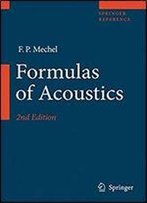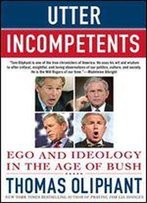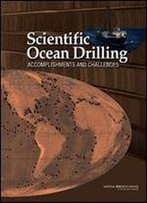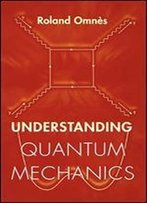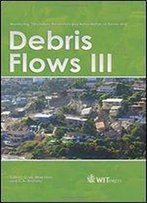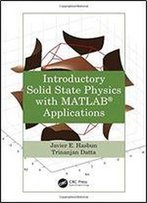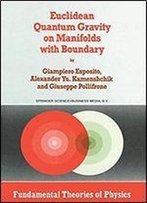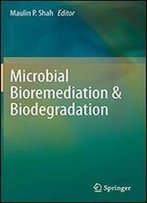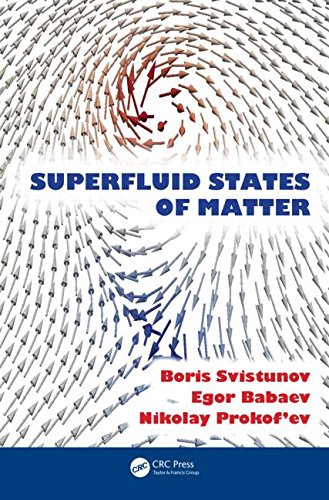
Superfluid States Of Matter
by Boris V. Svistunov /
2015 / English / PDF
6 Mb Download
Covers the State of the Art in Superfluidity and Superconductivity Superfluid States of Matter addresses the phenomenon of superfluidity/superconductivity through an emergent, topologically protected constant of motion and covers topics developed over the past 20 years. The approach is based on the idea of separating universal classical-field superfluid properties of matter from the underlying system’s “quanta.” The text begins by deriving the general physical principles behind superfluidity/superconductivity within the classical-field framework and provides a deep understanding of all key aspects in terms of the dynamics and statistics of a classical-field system. It proceeds by explaining how this framework emerges in realistic quantum systems, with examples that include liquid helium, high-temperature superconductors, ultra-cold atomic bosons and fermions, and nuclear matter. The book also offers several powerful modern approaches to the subject, such as functional and path integrals. Comprised of 15 chapters, this text: Establishes the fundamental macroscopic properties of superfluids and superconductors within the paradigm of the classical matter field Deals with a single-component neutral matter field Considers fundamentals and properties of superconductors Describes new physics of superfluidity and superconductivity that arises in multicomponent systems Presents the quantum-field perspective on the conditions under which classical-field description is relevant in bosonic and fermionic systems Introduces the path integral formalism Shows how Feynman path integrals can be efficiently simulated with the worm algorithm Explains why nonsuperfluid (insulating) ground states of regular and disordered bosons occur under appropriate conditions Explores superfluid solids (supersolids) Discusses the rich dynamics of vortices and various aspects of superfluid turbulence at T →0 Provides account of BCS theory for the weakly interacting Fermi gas Highlights and analyzes the most crucial developments that has led to the current understanding of superfluidity and superconductivity Reviews the variety of superfluid and superconducting systems available today in nature and the laboratory, as well as the states that experimental realization is currently actively pursuing
